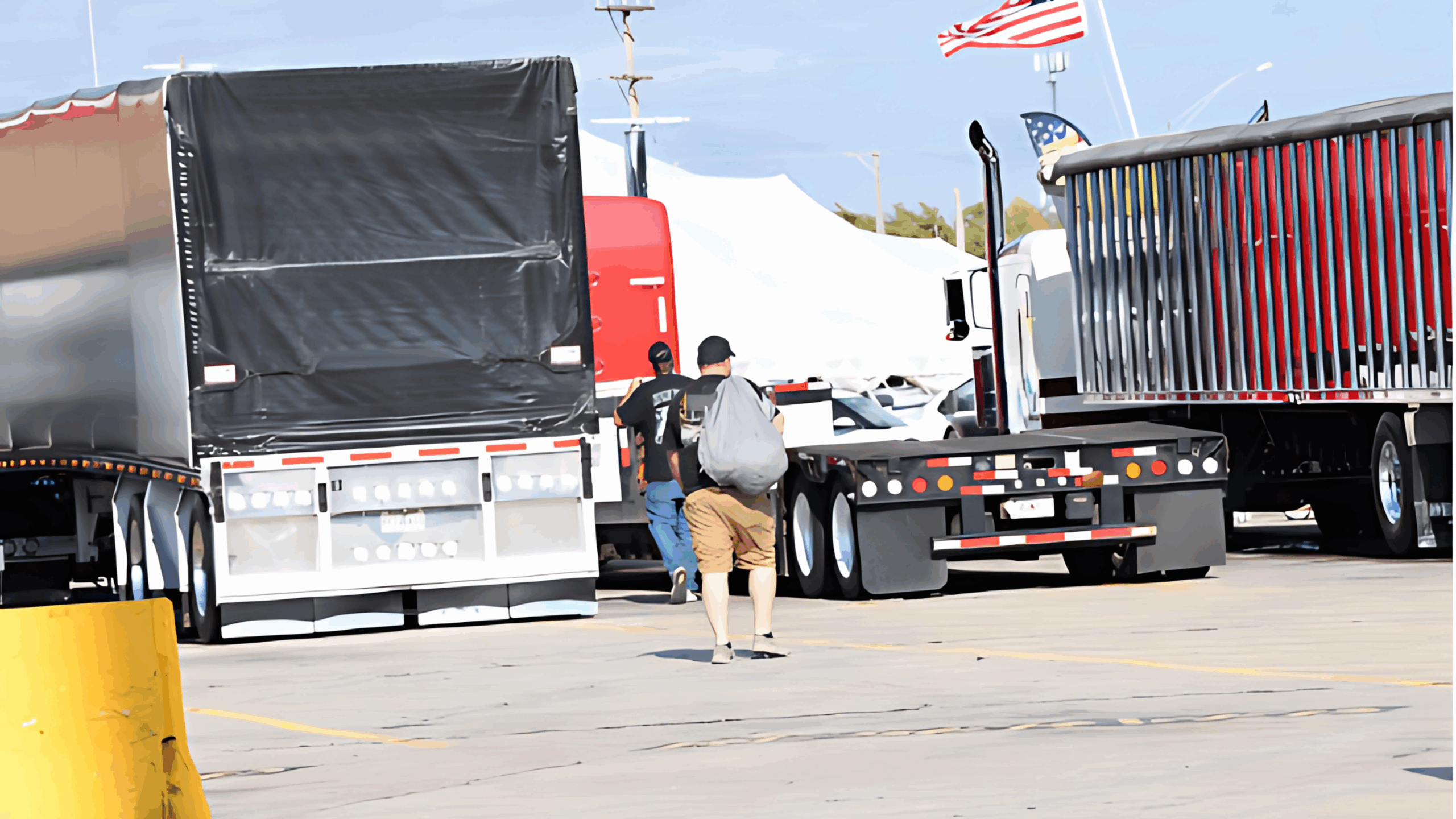
Truck payment: $2,200/month.
Insurance: $1,500/month.
Fixed overhead: $1,000/month (permits, ELD, office costs, etc.).
Total = $4,700/month before you turn a wheel.
Now imagine a driver quits. That truck sits for 30 days while you run ads, screen applicants, and onboard. That’s $4,700 gone — not including the lost revenue from freight you couldn’t haul. If the truck usually grosses $20,000/month, you just took a $25,000 hit.
That’s why bench strength isn’t about “being prepared.” It’s about protecting your margin.
Building a Driver Pipeline
Bench strength starts long before a driver applies. It starts with how you position yourself in the market.
1. ABR: Always Be Recruiting
Don’t just post ads when you’re desperate. Keep a steady presence:
Post about your company culture on social media.
Share real driver testimonials.
Keep your Indeed or Tenstreet page live year-round.
Collect applicants even if you’re not hiring.
Pro tip: Create a simple Google Form on your website for “Future Driver Opportunities.” Capture names, CDLs, endorsements, and experience. That way, you’re building a contact list long before you need it.
2. Build Relationships with CDL Schools
CDL schools are constantly graduating drivers. You may not be able to hire a rookie tomorrow (insurance often says no), but if you keep in touch with instructors, you’ll know when strong candidates are available.
3. Keep a “Silver Medalist” File
Not every applicant makes the cut today, but some might be perfect later. Keep their info, notes on why they weren’t a fit, and revisit them when a seat opens.
Training Before They Touch the Keys
Recruiting is half the battle. Training is where you create real bench strength. A driver on your roster who doesn’t know your system isn’t backup — they’re liability.
Here’s how to build training into your process:
1. Create a Driver Playbook
Document the essentials:
How you book loads and how to submit paperwork.
Communication expectations with dispatch.
Safety policies.
Breakdown and accident protocols.
Fuel card and fueling rules.
Every new driver gets the same playbook. No guessing. No “I didn’t know.”
2. Shadowing and Ride-Alongs
If possible, bring a new driver in for a 1–2 day orientation. They see how loads get booked, what areas you run, and how you expect communication. It’s cheaper to pay for two days of expectation setting than two weeks of fixing mistakes later.
3. Small Test Assignments
Before handing over the keys full-time, assign short, controlled loads. Have them run 200–300 mile trips and debrief after. It’s a safer way to test reliability before throwing them into a 1,200-mile haul.
The “Bench” Doesn’t Always Mean Full-Time Hires
Bench strength doesn’t always mean you’re paying drivers to sit around. For small carriers, that’s not realistic. Here are smart ways to build a bench without breaking the bank:
1. Part-Time or Seasonal Drivers
Many retired drivers or part-timers are willing to cover holiday rushes, vacations, or temporary surges. Build relationships with them. They may not want full-time, but they’ll gladly fill a gap. Companies like Relay On Demand offer these types of back fills.
2. Leased Owner-Ops
Keeping a couple of leased O/Os in your network provides flexibility. If a company driver leaves, you can lean on them temporarily or long term if it fits better.
3. Driver Referral Network
Encourage your current drivers to bring in friends. Even if you’re not hiring today, a referral network builds trust and gives you a head start when you need someone fast. Incentive it by offering referral bonuses.
The Culture Factor
Recruiting and training are mechanical. Retention is cultural. If your culture stinks, your bench will stay empty because word gets around fast.
Here’s what keeps drivers willing to wait for an opening:
Transparency: Be upfront about home time, pay, and freight. Don’t sell lies.
Respect: Drivers want to feel valued, not like seat-warmers.
Consistency: Even if freight is tight, be consistent with communication and pay.
If drivers feel respected, they’ll recommend you to others. That’s how you build a real bench — not through ads, but through word-of-mouth.
Bench Strength Is More Than Drivers
Think broader. Bench strength also means:
Dispatch backup: Can someone else cover if your dispatcher is out?
Maintenance backup: Do you have shops in your network that can step in?
Admin backup: Who handles compliance if your go-to person quits?
The more you spread knowledge, the less you rely on any one person. That’s operational insurance.
FAQs
Q: How do I afford to keep extra drivers on the bench?
You don’t have to. Bench strength can be a network of drivers you have built up conversations with, or even pre-screened candidates ready to onboard fast. The key is preparation, not payroll.
Q: What about insurance requirements for new drivers?
Yes, insurance can block rookies. That’s why you build relationships early and work with your agent to understand requirements. Sometimes one or two years of experience is enough — keep those drivers in your funnel. Remember, the key word is recruiting….
Q: What’s the best way to test a driver’s reliability?
Give them a short-haul load with clear expectations. Watch communication, punctuality, and paperwork. A driver who fumbles a 200-mile load won’t handle a 1,200-mile run.
Q: How long should a new driver train before solo?
At least a couple of days shadowing, plus a few short runs. The goal isn’t perfection — it’s making sure they understand your system and expectations.
Final Word
Bench strength is what separates stable fleets from fragile ones. If you wait until you’re desperate, you’ll take whoever shows up — and that’s how you end up with bad hires, broken freight, and trucks parked.
But if you build a pipeline, train backups before they’re needed, and foster a culture where drivers want to stay, you’ll never miss a beat when someone walks away.
In football, games are won with the players on the bench as much as the starters. In trucking, your profits are the same way. Build your bench now — because once that truck is parked, it’s already too late.



